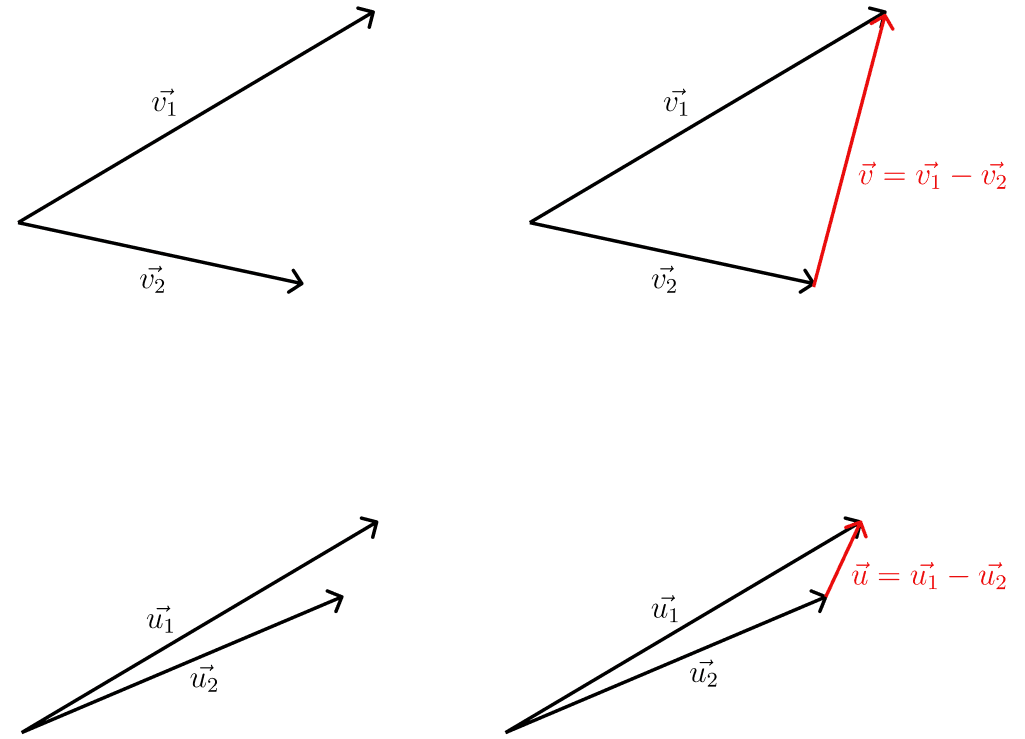Unveiling the Power of dlib: A Journey into Image Processing
Explore how dlib, renowned for its facial recognition and object detection capabilities, harnesses the Histogram of Oriented Gradients (HOG) method and Support Vector Machines (SVM) to transform images into condensed vectors for advanced analysis. Learn how the dlib library handles determining which images are similar and which are not.
01 Feb 2024
4 min read

Introduction to dlib
In the realm of computer vision and image processing, dlib stands out as a powerful and versatile library. It's renowned for its efficiency in facial recognition, object detection, and image understanding. One of its key strengths lies in its utilization of the Histogram of Oriented Gradients (HOG) method – a powerhouse in describing images.
Understanding HOG Method
Oriented Gradients and Their Significance
Imagine you're navigating through a hilly terrain. The slopes you encounter are akin to gradients in an image – the steeper, the more intense the change. Oriented gradients? Picture these changes not just in intensity but also in direction, capturing the unique features that make a landscape or an image distinct.
Histograms
Now, think of histograms as a map of how frequently you encounter these slopes in various directions. It's like marking down how many steep hills you find facing north, south, east, or west. In image terms, it helps dlib understand where the 'ups and downs' are happening, making it a savvy detective for patterns and edges.
Why Oriented Gradient for Image Description?
Utilizing oriented gradients allows for a more nuanced representation of images. It enables the identification of patterns and edges, making it particularly effective in tasks like object detection and facial recognition. The HOG method excels in capturing the distinctive features that define objects or faces in an image.
Introducing Support Vector Machine (SVM)
Enter the Support Vector Machine, or SVM for short – the wise decision-maker in our image journey. Think of SVM as the judge in a talent show. It learns from observing the performances (patterns) detected by the HOG method and becomes a pro at distinguishing between different acts (objects or faces). It's the brain behind making dlib's image recognition smarter.
Comparing Images Using Vector Distance
To determine similarity or dissimilarity between images, dlib employs the calculation of distances between their vector representations. But how do you compute a distance between two line segments (that’s what vectors essentially are)?
In the realm of vectors, measuring the separation involves a bit of mathematical magic. Imagine you have two vectors representing images, and you want to grasp the space between them. Dlib achieves this by subtracting one vector from another, creating a new vector that encapsulates the 'difference' between the two. Then, taking the norm of this resulting vector is like measuring the length of an arrow pointing from one image to another. The shorter the arrow, the more similar the images; the longer the arrow, the more distinct they are. This distance metric, often utilizing techniques like Euclidean distance, quantifies the dissimilarity in the vast space of image features.

An example of comparing the similarity of two vectors using Euclidean distance. In the first case scenario (vectors v), we can see that the norm (which is essentially the length) of the resulting vector is much larger compare to the resulting vector from the second case (vectors u). Thus, the initial vectors v₁ and v₂ are more alike than vectors u₁ and u₂.
From Image to Vector Representation
Summarizing the process, dlib takes an image, dissects it into oriented gradients using the HOG method, creates histograms to represent these gradients, and employs SVM for classification. The final output is a vector representation, a condensed form that encapsulates the essential features of the image.
Unlocking Real-Life Potential with dlib:
Curious about dlib's real-world applications? Dive into our case study where we used dlib as a backstage pass, speeding up the casting process for actors. It's a real-world showcase of how dlib transforms pixels into practical insights. Whether you're wandering through the hills or judging a talent show dlib stands as a friendly guide, revealing the stories hidden in images and making the complex world of image processing a bit more human-friendly.